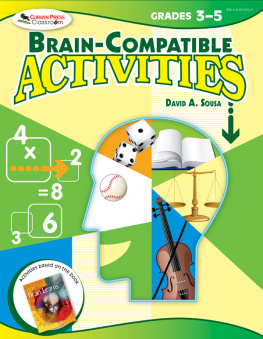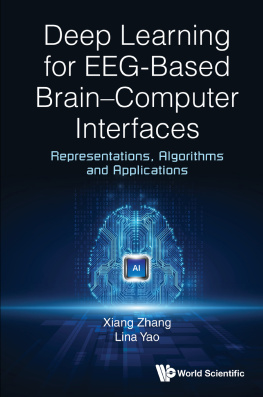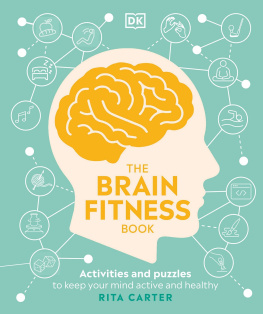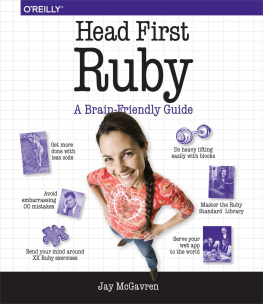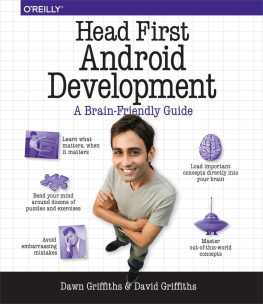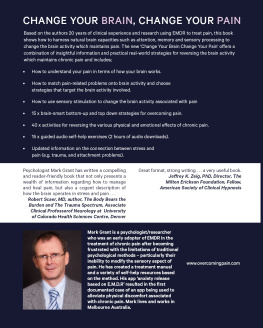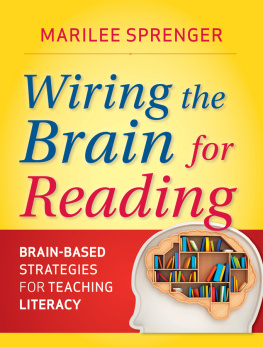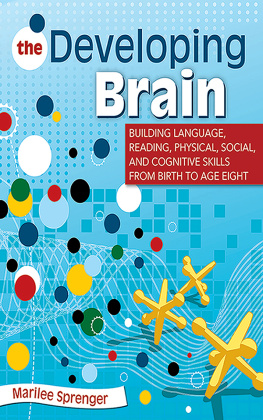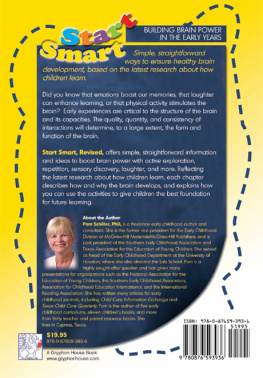Published by Redleaf Press
10 Yorkton Court
St. Paul, MN 55117
www.redleafpress.org
2010 by Nikki Darling-Kuria
All rights reserved. Unless otherwise noted on a specific page, no portion of this publication may be reproduced or transmitted in any form or by any means, electronic or mechanical, including photocopying, recording, or capturing on any information storage and retrieval system, without permission in writing from the publisher, except by a reviewer, who may quote brief passages in a critical article or review to be printed in a magazine or newspaper, or electronically transmitted on radio, television, or the Internet.
First edition 2010
Cover design by Jon Letness
Cover photograph by Thinkstock.com
Interior designed by Percolator
Typeset in Whitman
The illustration Anatomy and Functions of the Brain on is by the Golgeon Group. Copyright 2005 by the Golgeon Group Inc. Used by permission.
The Words of a Song on .
Borrowings from Teaching with the Brain in Mind by Eric Jensen, copyright 1998 by ASCD, are reprinted with permission of ASCD.
Borrowings from Brain Rules: 12 Principles for Surviving and Thriving at Work, Home, and School by John Medina, copyright 2008 by John Medina, are reprinted with permission of Pear Press.
Library of Congress Cataloging-in-Publication Data
Darling-Kuria, Nikki.
Brain-based early learning activities : connecting theory and practice / Nikki Darling-Kuria. 1st ed.
p. cm.
Includes bibliographical references.
ISBN 978-1-60554-320-8 (e-book)
1. Cognitive learning. 2. Brain. 3. Effective teaching. 4. Early childhood education. I. Title.
LB1062.D36 2010
370.15'2dc22
2009043110
Brain-Based
Early Learning
Activities
Connecting Theory and Practice
Nikki Darling-Kuria

To my dad for always believing in me even when I didnt believe in myself.
For encouraging me even when I didnt think something was possible.
For giving me the greatest gift a father could give his daughter: his time.
And for teaching a little redheaded rabbit how to use her brain!
Contents
This book never would have been possible without the tremendous support of my family and friends. Id like to thank Jeff A. Johnson, who believed enough in my talent to put his reputation on the line and recommend my work to Redleaf Press. I am eternally grateful to all of my mentors (I am so blessed there are many!), who have encouraged me along the way, and to the entire Redleaf Press team and David Heath and Kyra Ostendorf, my editors there, particularly for allowing me to work with developmental editor Jean Cook. Her guidance and deft skill have meant the world to me.
Id especially like to thank some very special friends who have given me support above and beyond the call of friendship. Thank you, Jenn Vaughn, for being there for me, giving me the time to write this book and listening to me whine for hours on end about how I still wasnt finished! You have no idea how much your support meant to me. Id also like to thank Amy Groves for being my personal stylist and Mary Kemp for making me feel like a supermodel (without the eating disorder).
A special thank-you goes out to all the little friends Ive had bless my life through my family child care program. They have changed everything I had ever believed about what was possible. Brandon, Kevin, Holly, and Sarah will always hold a special place in my heart for being the children who helped me get going. And to Hayden, little Noah, Alec, Max, Ben, Eli, Taylor, Jordyn, Tanner, Maddison, and Simmone for keeping me going.
Being a student at Pacific Oaks College has changed my life (thank you, Sue Williamson!). I have met many extraordinary people who have encouraged me and helped me fine-tune my voice. Id specifically like to thank Gustavo Gonzales for providing the clarity I needed at a crucial time when I couldnt see straight.
Ive been fourteen years without my mother, and I am still missing her. Mom, I hope I made you proud.
To my children I cannot say thank you enough for your help (Will typed the bibliography, Elyse fact-checked the glossary, and Caitlin helped select some activities and designed some of the brain graphics). You have been and continue to be my inspiration for everything I do and for all that I will ever become. The three of you are the best teachers this student has ever had.
Saving the best for last, I have to honor the love of my life for giving me time, space, patience, understanding, blind faith, and enduring love. I never, ever could have undertaken this project without the support of my husband, Josh Kuria. He is the kindest soul and deepest believer in all things that are possible. He doesnt see his family as we are today; through his eyes he sees us as already being whom we can become. He holds our hands and our hearts when we need his strength to go out and change the world.
You probably know some people who seem outgoing and spontaneous, some who are thoughtful and analytical, and others who seem wired to be creative. The truth is that, although we dont have any control over our eye color or our gender, we can change our wiring. We are wired to be works in progress.
A newborn baby has only a partially developed brain yet about the same number of neural connections as adults have. That number nearly triples by age three, although it is at that point that we begin to shed unused neural connections. Can you imagine? At age three we already begin to experience use it or lose it.
The good news is that we do this in phases, and during certain phases we start overin a sense. Periods of in one region of the brain often prompt development in a different region. For example, when children hit puberty, different regions of the brain begin developing (Medina 2008).
Brain-Based Learning Research
Eric Jensen, as both teacher and scientist, has not only researched the field of neuroscience but also tested brain-compatible learning theories in a classroom with school-age children. He has authored more than twenty books about the applications of brain research to education (see and the importance of understanding how the brain learns in order to apply appropriate teaching strategies when working with young children. According to Jensen (2007), brain-based teaching is the application of strategies that appear to be compatible with the brain based on research findings.
Brain-compatible learning requires taking a holistic approach to helping a child learn to develop his whole brain (Jensen 2007). This means that everything, including the environment and the games and activities that are presented to children, is intentional and designed to compel children to use their whole brains. Unlike traditional learning theories that focus on linear development, brain-based learning engages the whole brain in cognitive and physical development simultaneously. A linear activity that involves only movement or language would use only one hemisphere of the brain. In contrast, an activity that combines movement and language requires both hemispheres of the brain to become engaged.
An example of this would be using your elbow to write your name in the air. As your elbow forms the letters of your name and moves through the air to spell it, the brain is making a connection between the physical movement and the cognitive movement. If you use your right elbow to write your name from left to right, you will cross the midline of your body, which sends a message to your left brain that you want it to get involved. These kinds of intentional actions help make concrete neurological connections (Jensen 2007).
Next page

